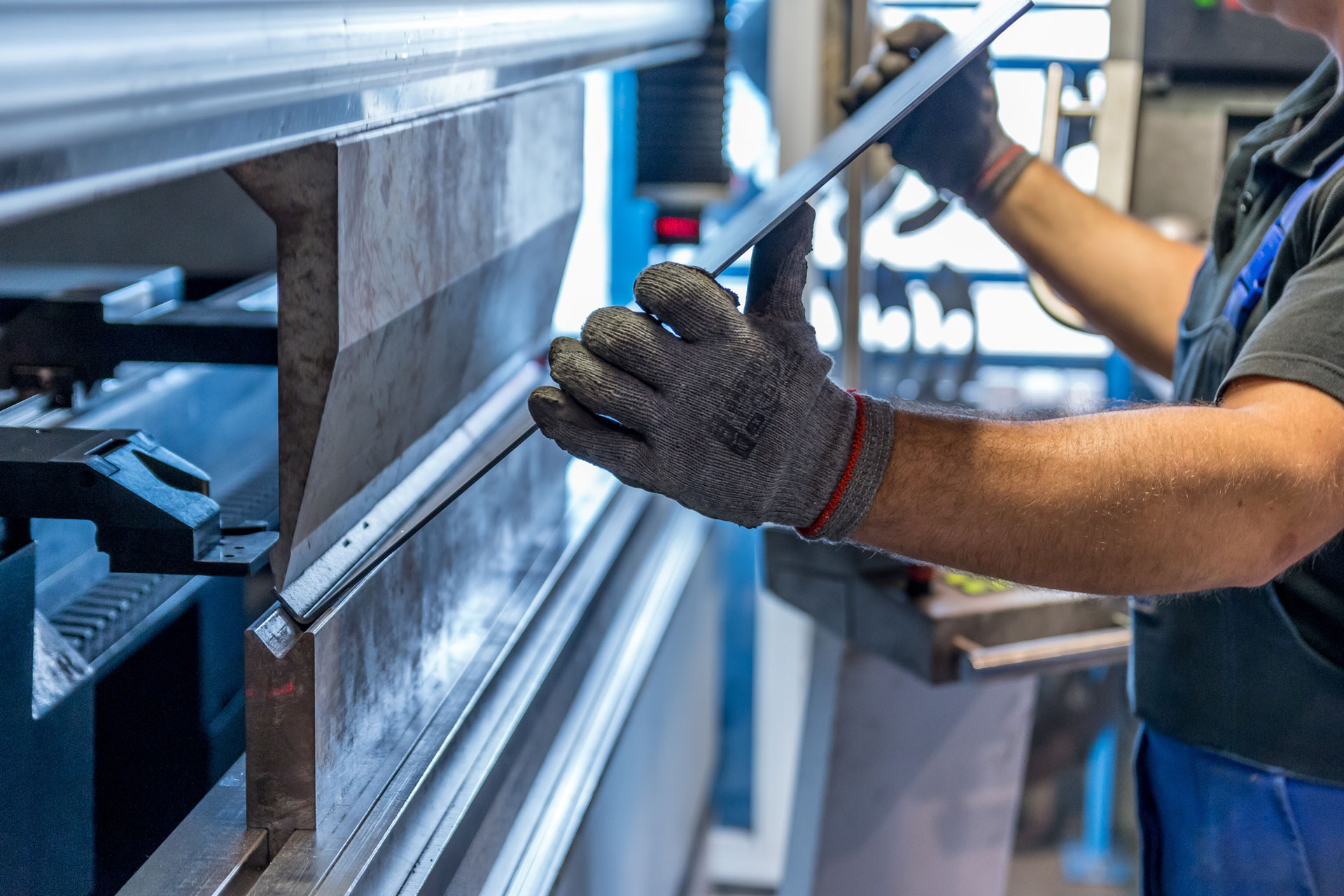Professional orientation
Systematic and practical vocational orientation at schools provides valuable opportunities for a successful future in the world of work. It must also be ensured in pandemic times!
Dr. Rainer Dulger

©AdobeStock vegefox.com
What do I want to become? Where are my strengths? young people ask themselves at the transition from school to the world of work and careers. It is the task of the school to provide them with a good vocational orientation for their way into the world of work. This includes insights into professional practice in cooperation with companies. Even during the pandemic, vocational orientation must take place at school and - while protecting against infection - practical experience must be made possible.
Vocational orientation is a core task of schools
The educational mission of the school includes the preparation of the pupils for their independent participation in the world of work. Vocational orientation is a process that should begin early and continue to build up until the transition to training, study and work. In the process, the pupils should learn about their own strengths and interests and make well-informed, stereotype-free and active decisions about their further path in the education system and the world of work.
Vocational orientation at grammar school
At the Gymnasium, dual training must be presented to the pupils as a second option in addition to studying in the vocational orientation. Many grammar schools inform and interest their pupils in training, but many still see their task solely in the direction of study. But by no means all students stay at the Gymnasium until they graduate from high school. Even then, the dual study programme offers a - much sought-after - combination of study and training. Almost one third of the trainees have a university entrance qualification in their pocket. The study orientation at the Gymnasium should therefore be supplemented with a vocational orientation that shows the diverse perspectives of vocational education.
Cooperation in the network
For a successful transition from school to work, the networking of schools with local cooperation partners is indispensable. The SCHULEWIRTSCHAFT networks initiate and shape the cooperation between schools and companies on site in almost 400 working groups. The main focus of activities is on vocational orientation, but also on economic education and the promotion of STEM subjects. Tools include company explorations and internships for students and teachers as well as helpful materials such as checklists and handouts for schools, companies and parents. Competitions, student company programmes and business games are also included. The nationwide network is supported at the federal level by the BDA and the Institut der deutschen Wirtschaft Köln (Institute of the German Economy), and at the state level by employers' associations and educational organisations in cooperation with the ministries responsible for schools.
Quality development with the career choice SIEGEL
The Berufswahl-SIEGEL is a certification procedure with which schools demonstrate their exemplary vocational orientation and are awarded for it. There are now around 1,600 SIEGEL schools that demonstrate systematic vocational orientation and cooperate sustainably with companies and the vocational guidance services of the employment agencies. They prepare the career choice of the pupils and accompany the transition to training and work. The criteria catalogue of the procedure is a helpful tool for all schools to evaluate and further develop their own vocational orientation.
Professional orientation in the pandemic
Vocational orientation must continue even during the pandemic. Information about job profiles, available training places and self-exploration tools are available online at the BA(Check-U: Teste deine Stärken - Bundesagentur für Arbeit (arbeitsagentur.de)). It is important that schools are not disconnected from reality when it comes to digitalisation. In the context of cooperation with external parties such as training companies and the careers advisers at the employment agencies, digital access in line with data protection must be ensured in all cases. Young people with support needs require guidance from their school confidant and accompanying professional career guidance, e.g. when applying for a training place. Companies endeavour to provide insights into practical work while ensuring protection against infection.
Cliché-free orientation
Young women still disproportionately choose professions that are considered typically female, and boys tend to be oriented towards conventionally male occupational fields. Female trainees and students too rarely choose STEM professions and therefore lag behind in their career opportunities. A critical examination of role stereotypes at an early stage in school is therefore necessary in order to show young people all their potential and development opportunities.
BDA committee
BDA Committee on Education, Vocational Training
BDA working group on vocational training
PDFs and links on the topic
Facts and figures
Pie chart schools with career choice SEAL:
General secondary schools : 51%
General secondary schools : 31%
Special schools : 13%
Vocational schools (school-based courses) : 5%
(Source: Statistics 2019)
Career choice SIEGEL on a growth path:
1622 SIEGEL schools
1475 Engaged
28 regions in 2019
2018: 1581 schools
2017: 1540 schools
2016: 1562 schools
2015: 1495 schools







